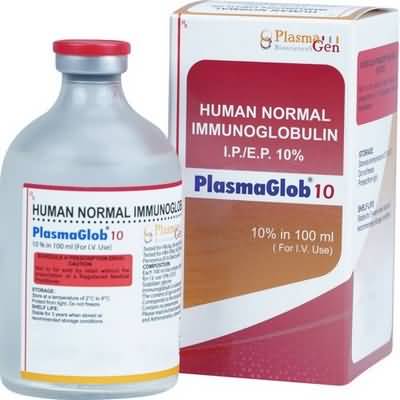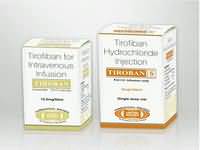human normal immunoglobulin

CLINICAL USE
Replacement therapy in primary and secondary immunodeficiencyIdiopathic thrombocytopenic purpura Guillain Barré syndrome Kawasaki disease Allogeneic bone marrow transplantation Treatment of infections and prophylaxis of graft versus host diseaseDOSE IN NORMAL RENAL FUNCTION
Variable according to preparation and indication. See individual SPCPHARMACOKINETICS
DOSE IN RENAL IMPAIRMENT
GFR (mL/MIN)
DOSE IN PATIENTS UNDERGOING RENAL REPLACEMENT THERAPIES
IMPORTANT DRUG INTERACTIONS
Potentially hazardous interactions with other drugsImmunoglobulin administration may impair (for a period of at least 6 weeks and up to 3 months) the efficacy of live attenuated virus vaccines such as measles, rubella, mumps and varicellaADMINISTRATION
Reconstition
–Route
IVRate of Administration
Variable – see individual SPCComments
OTHER INFORMATION
IgG and IgG-complexes are broken down in the cells of the reticuloendothelial systemCases of acute renal failure have been reported in patients receiving IVIg therapy. In most cases, risk factors have been identified, such as pre-existing renal insufficiency, diabetes mellitus, hypovolaemia, overweight, concomitant nephrotoxic medicinal products or, aged over 65. In all patients, IVIg administration requires:adequate hydration prior to the —initiation of the infusion of IVIg;monitoring of urine output; — monitoring of serum creatinine levels; —avoidance of concomitant use of loop —diureticsIn case of renal impairment, IVIg discontinuation should be considered. While reports of renal dysfunction and acute renal failure have been associated with the use of many of the licensed IVIg products, those containing sucrose (compared to glycine, maltose or sorbitol) as a stabiliser accounted for a disproportionate share of the total number. In patients at risk, the use of IVIg products that do not contain sucrose may be considered. In addition, the product should be administered at the minimum concentration and infusion rate practicableOverdose may lead to fluid overload and hyperviscosity, particularly in patients at risk, including elderly patients or patients with renal impairmentThe MHRA has issued a Medical Device Alert relating to the following point of care and home-use blood glucose meters: Roche Accu-Chek and Glucotrend, Abbott Diabetes Care FreeStylenormal human immunoglobulin.norMAL hUMAn iMMUnoGLoBULin 531There is a risk of overestimation of —blood glucose results when these meters are used for samples from patients on treatments that contain (or are metabolised to) maltose, xylose or galactose. The MHRA advises that the affected meters should not be used to measure blood glucose in patients receiving such treatments. Treatments that are known to contain (or that are metabolised to) maltose, xylose or galactose include (Extraneal®) icodextrin (used in peritoneal dialysis, PD), and certain immunoglobulin preparations (including Octagam®).
See how to identify renal failure stages according to GFR calculation
See how to diagnose irreversible renal disease
Home








